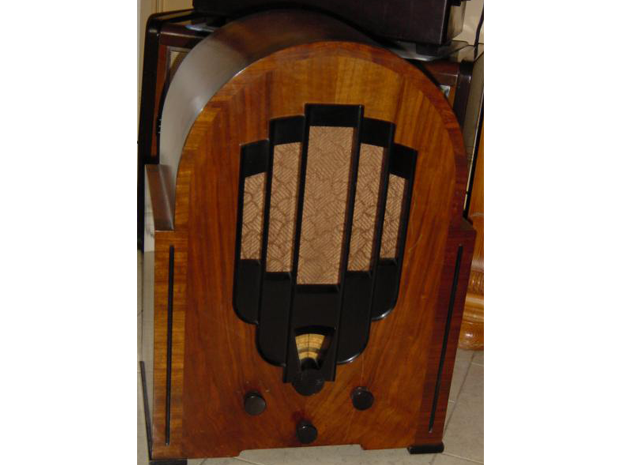It is also a horror at the rear. You should not restore a chassis like this. Because some think this is original.
Everyone will understand now that I don't care what you think. Whether or not the chassis may be restored. It is my property and no one else has anything to do with it. And yes I'm done. with the dear understanding full collectors.





